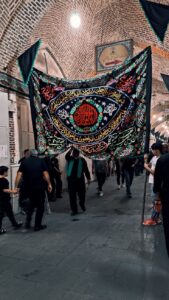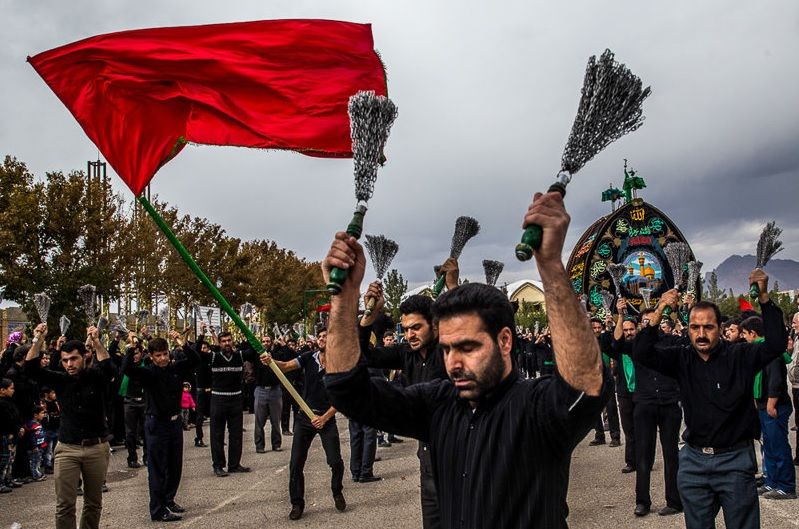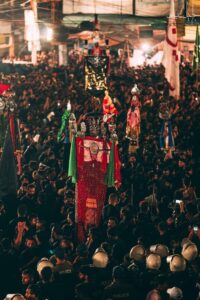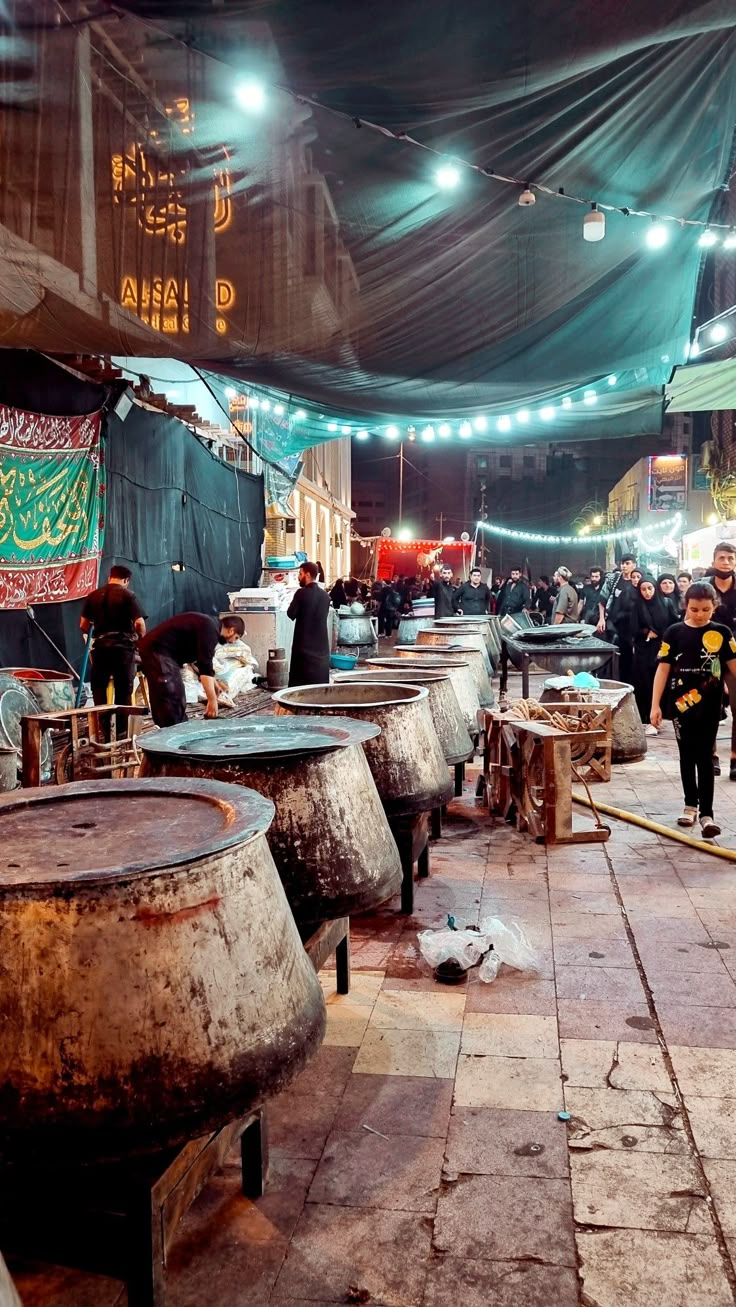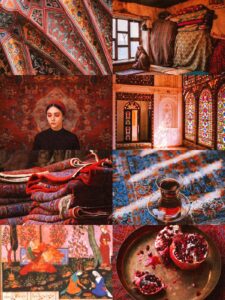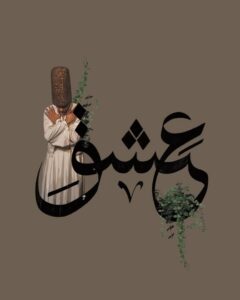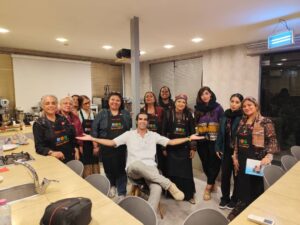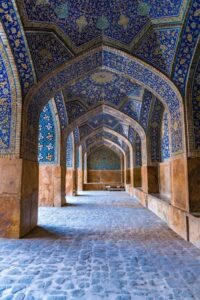If you visit Iran in the month of Muharram, especially on the 10th day known as Ashura, you’ll witness one of the most powerful cultural and spiritual experiences in the country.
Ashura commemorates the martyrdom of Imam Hussein, the grandson of Prophet Muhammad, who stood for justice and truth in the face of tyranny. His tragic death in the Battle of Karbala over 1,300 years ago is remembered not just as a historical event, but as a living story of courage, sacrifice, and moral resistance.
During Ashura, cities and villages across Iran transform. Streets are filled with mourning processions, rhythmic chants, drumming, and emotional performances reenacting the story of Karbala. People wear black as a sign of respect and grief. Free food and drinks, known as nazri, are generously offered to strangers by locals , a heartfelt gesture of devotion and hospitality.
The atmosphere is deeply emotional and reflective. Even if you don’t share the religious background, you can feel the collective heart of the people. The expressions of sorrow, solidarity, and community offer travelers a rare and honest glimpse into the soul of Iranian culture.
Ashura in Iran is not a tourist show. It’s raw, real, and deeply rooted in tradition. For respectful visitors, it can be a profoundly moving and unforgettable part of their journey.
